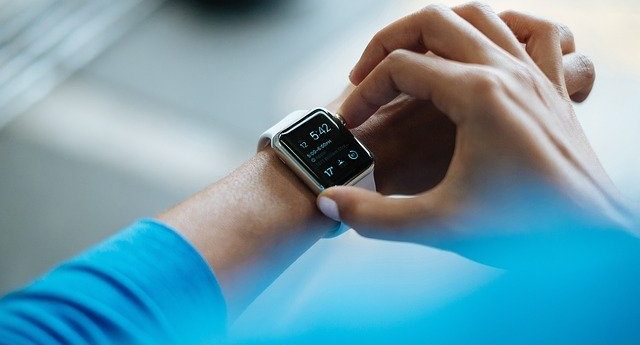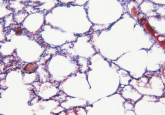NICE recommends NHS collects Parkinson’s disease RWD with wearable smart devices

NICE is recommending RWD on Parkinson’s disease is collected by the NHS using five types of wearable monitoring device: it is hoped these cutting-edge technologies will both improve patients’ quality of life and free-up clinician time.
The National Institute for Health and Care Excellence (NICE)’s independent diagnostics advisory committee has recommended the NHS use five types of wearable device that monitor people with Parkinson’s disease (PD) to collect RWD [1], allowing remote assessment and facilitating improved symptom control.
PD is a long-term degenerative disorder of the CNS that characteristically causes progressive deterioration of coordination and movement. The prevalence of PD is increasing, with current estimates of sufferers being 145,000 people in Britain and 10 million worldwide.
The wearable devices have sensors that monitor the symptoms of people with PD whilst they go about their everyday lives. The RWD gathered is a richer and more accurate record of a person’s symptoms than can be gained during in-person appointments. As well as sensors to monitor movement disorder symptoms, the five systems all feature customisable diaries for medications, diet and exercise, including reminders and patient acknowledgement for medication.
One of the five devices, a watch named the Parkinson’s Kinetigraph Movement Recording System (PKG) by Global Kinetics Corporation, has already been issued to hundreds of NHS patients with PD. Worn around the clock for 6 days, it monitors movement during sleep as well as during waking hours. PKG was developed in the NHS in Plymouth, together with the University of Plymouth and University Hospitals Plymouth Trust.
Another smartwatch, linked to a smartphone app, is KinesiaU from Great Lakes Neurotechnologies. They also make Kinesia 360, which features sensors worn on the ankle and wrist, in combination with a mobile phone app, that record data all day and recharge overnight.
PDMonitor by PD Neurotechnology likewise has wrist and ankle sensors but also one worn on the waist. It has a charging docking station for the monitoring devices that collect, store, process and upload data to the PD Neurotechnology storage service. Another waist-worn recorder is STAT-ON by Sense4care. Unlike the other devices, it does not measure tremor. The user needs to wear STAT-ON for a minimum of 24 hours over 5 days to generate sufficient data.
NICE has asked the NHS to gather data on: how frequently and under what circumstances the new devices are used; the impact on patients’ symptoms or health-related quality of life; and the impact on NHS resources associated with using the technologies.
Mark Chapman, interim Director of Medical Technology at NICE, said, “Providing wearable technology to people with Parkinson’s disease could have a transformative effect on their care and lead to changes in their treatment taking place more quickly.”
NHS Chief Executive Amanda Pritchard said [2], “Not only is it better for these people living with Parkinson’s, but it is also more efficient for the NHS – freeing up space and time in hospitals for our hard-working staff.”
NICE has invited comment until Oct 18 2022 on their recommendations for NHS use of PD remote monitoring devices [3]. They expect to publish their final guidelines in Jan 2023.






